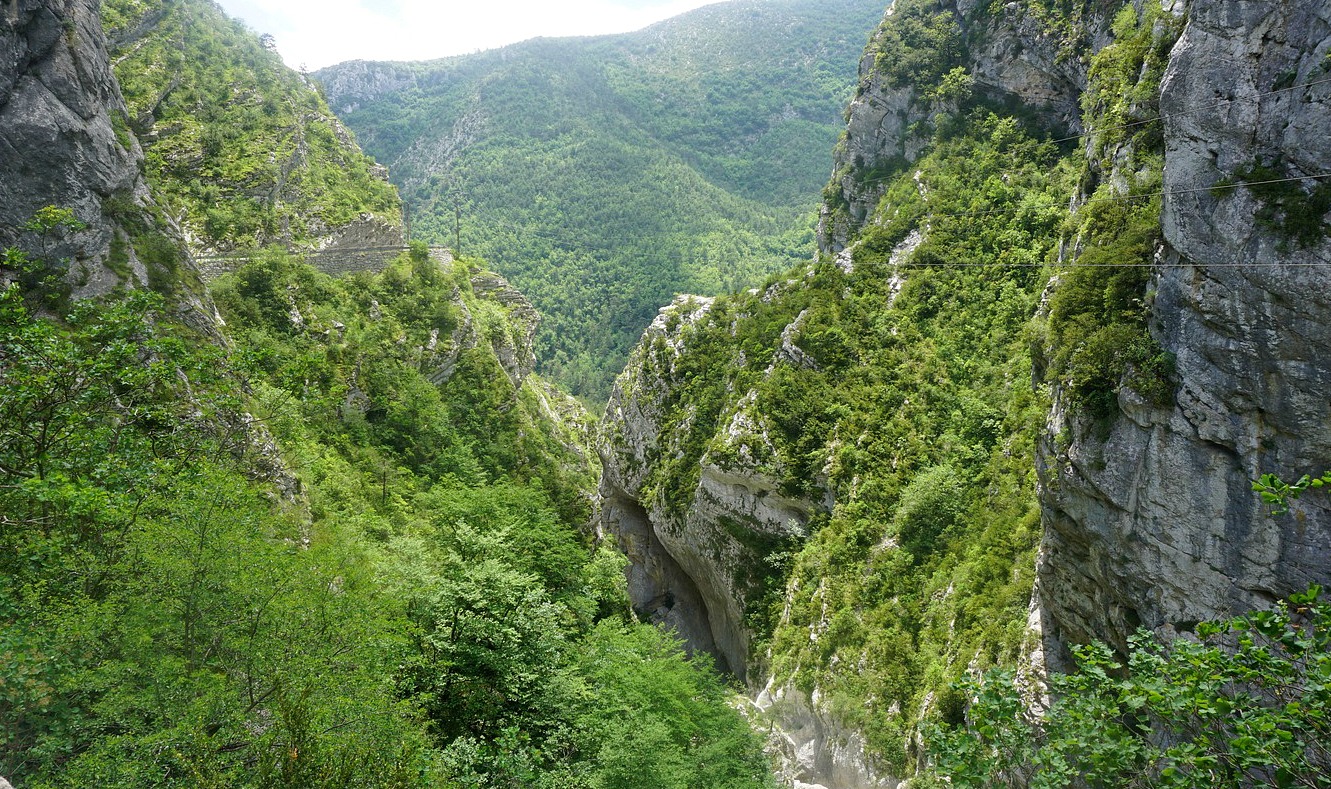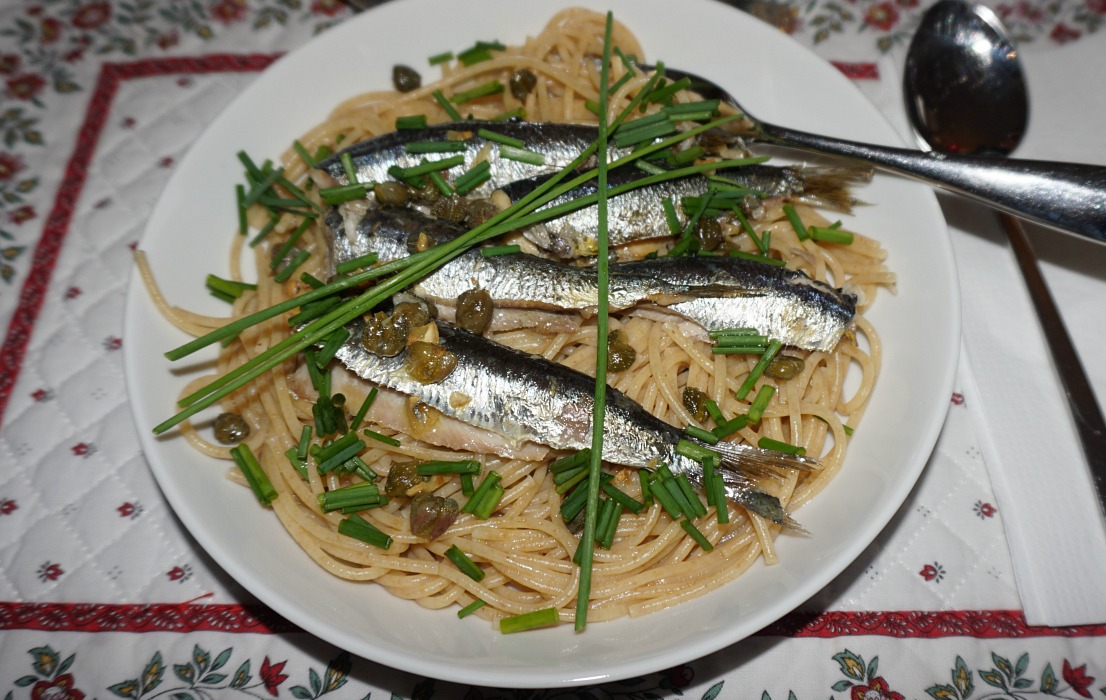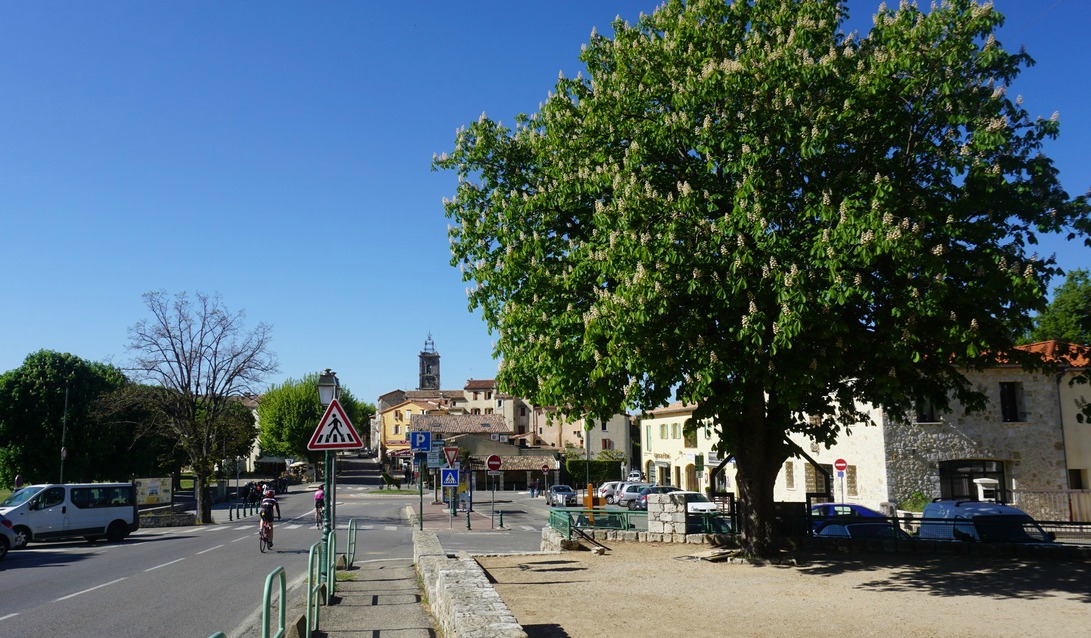Red mullet fillets with Parmesan crust

The following easy and tasty recipe is great to make in summer or spring. Although fresh red mullet, rouget, fillets now seem to be available year round in our supermarket in Nice, one has to wait until spring to find small thin baby courgettes and fresh basil in shops. This carefree recipe is modified from a French recipe in a booklet from our supermarket.
2 servings
About 300 g red mullet fillets
3 tbsp. olive oil
About 10 cherry tomatoes
2 baby courgettes, cut into chunks
About 3 tbsp. grated Parmesan
1 egg white
Fresh basil to decorate
Optional: black pepper and a pinch of salt
Lemon wedges and steamed new potatoes to serve
NB! Fresh lemon squeezed on the fish effectively reduces the need for salt! There is already salt from the Parmesan.
Preheat the oven to 210 degrees Celsius, roast.
Wash the cherry tomatoes, baby courgettes and potatoes. Cut the courgettes into chunks. Make four vegetable skewers by alternating the cherry tomatoes and courgette chunks.
Line a large oven tray with baking paper and brush it with 1 tbsp. olive oil. Place the vegetable skewers in the tray.
Grate about 3 tbsp. Parmesan. In a small bowl whip the egg white into a foam. Place the red mullet fillets in the oven tray skin side up. Brush the fillets with egg white and sprinkle with Parmesan. Place the tray in the oven and roast for 8 minutes.
Meanwhile microwave the new potatoes.
Divide the red mullet fillets, skewers and potatoes on the plates. Sprinkle the potatoes with olive oil and decorate with basil leaves. Serve with lemon wedges.
































0 comments:
Note: only a member of this blog may post a comment.